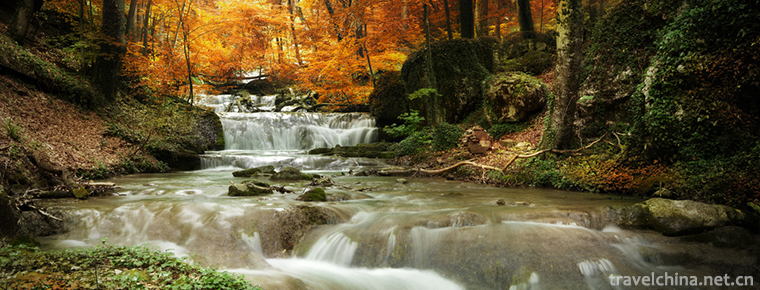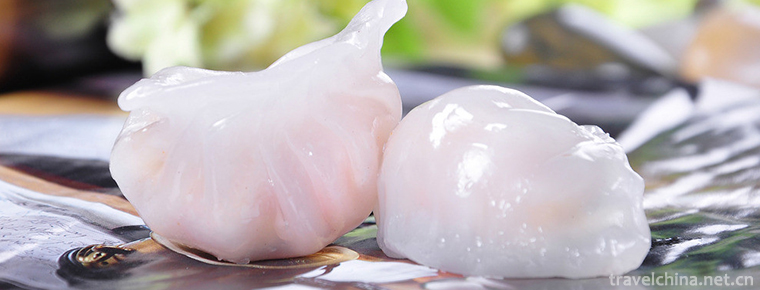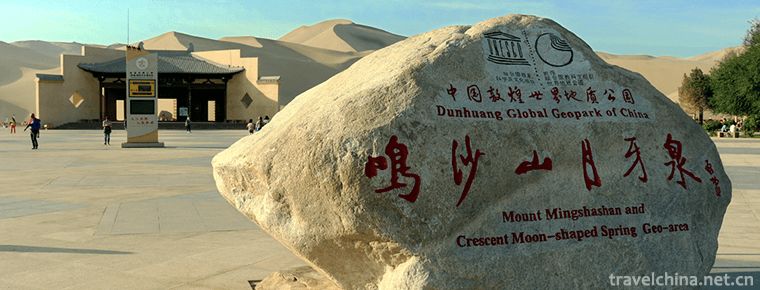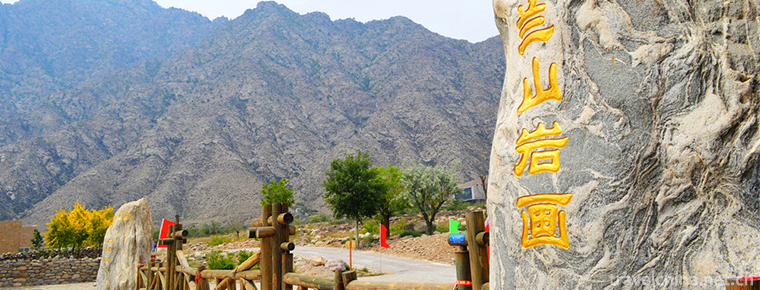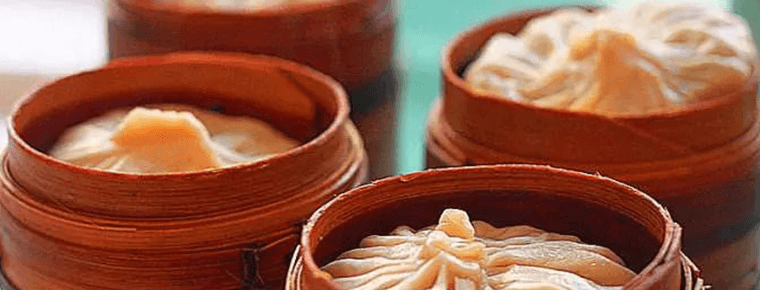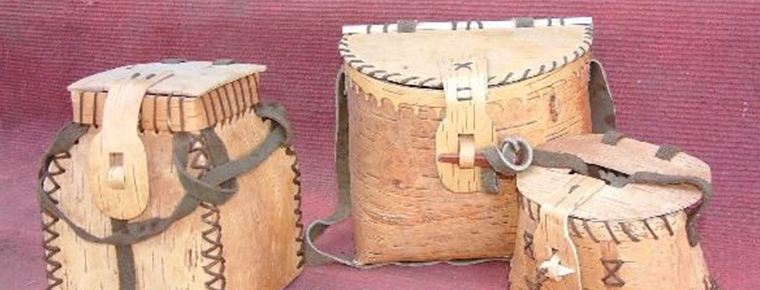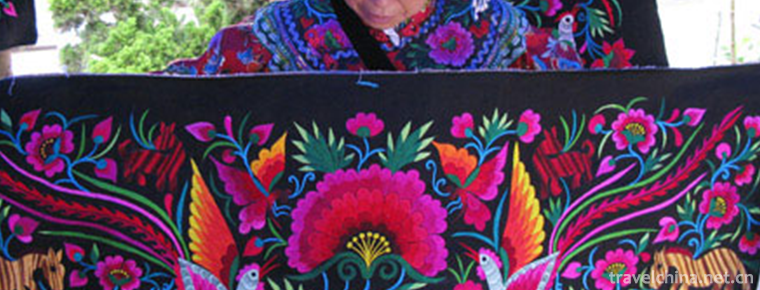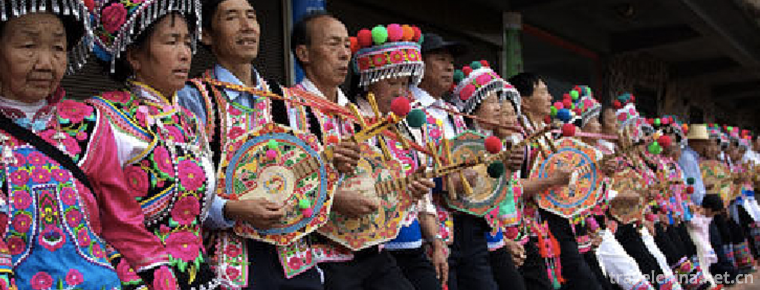Neijiang in the new China period
Neijiang in the new China period
From December 5 to 15, 1949, the people of Neijiang and other eight counties declared liberation one after another. In 1950, the office of Zizhong Commissioner moved to Neijiang and was renamed Neijiang special area. It has jurisdiction over Neijiang, Zizhong, Ziyang, Jianyang, Renshou, Weiyuan and other counties. In 1951, the county-level Neijiang City was set up in Neijiang county and its outskirts, and the county, city and county were located in the same city. In 1968, the district was changed into a district.
In 1985, Neijiang was abolished as a prefecture level Neijiang City, and the former Neijiang City was changed to be the Central District of Neijiang City. In 1989, Neijiang county was abolished and replaced with Dongxing District, which, together with Shizhong District, is a county-level district directly under Neijiang City. At the same time, it also administers seven counties, including Zizhong, Ziyang, Jianyang, Weiyuan, Lezhi, Anyue and Longchang, with a total area of 13340 square kilometers.
In 1995, Ziyang County was changed into county-level Ziyang City, and in 1996 Jianyang county was changed into county-level Jianyang City, all of which were managed by Neijiang City directly under Sichuan Province. In February 1998, according to the decision of the State Council, the administrative division of Neijiang City was readjusted again. Ziyang, Jianyang, Lezhi and Anyue counties and cities were delimited, and Ziyang district was established. Neijiang City has jurisdiction over Shizhong District, Dongxing District, Zizhong County, Weiyuan County and Longchang city.

Neijiang in the new China period
-
Mountain Yuntai
Yuntai Mountain is a world geological park, national AAAAA-class tourist attraction and national scenic spot, located at the junction of Xiuwu County in Jiaozuo City, Henan Province
Views: 166 Time 2018-10-29 -
Crystal shrimp dumplings
Crystal shrimp dumpling is one of the traditional Cantonese tea house snacks. It is as famous as dry steamed cooking, fork cooking and egg tarts.
Views: 320 Time 2018-11-14 -
Mingsha Mountain Crescent Spring Scenic Area
Mingsha Mountain Crescent Spring Scenic Spot is located 5 kilometers south of Dunhuang City, Gansu Province. It covers an area of 312,000 square kilometers
Views: 91 Time 2018-12-12 -
Helan Mountain Rock Painting
Helan Mountain Rock Painting is a national key cultural relics protection unit, the national AAAA level tourist attractions, the national research tourism demonstration base (2016 one of the first 20)
Views: 119 Time 2019-01-13 -
tea and pastries making skills
Tea making skills, Yangzhou City, Jiangsu Province, local traditional handicraft, one of the national intangible cultural heritage.
Views: 179 Time 2019-04-15 -
Craft of birch bark making
Birch bark making techniques, Oroqen Autonomous Banner of Inner Mongolia Autonomous Region, local traditional handicraft of Heilongjiang Province, one of the national intangible cultural heritage.
Views: 193 Time 2019-05-04 -
Shiwan Ceramic Sculpture Technology
Shiwan pottery sculpture has a long history. It first appeared in the Eastern Han Dynasty. It reached its peak in the Song Dynasty. After the founding of New China, the manufacturing level and artisti
Views: 159 Time 2019-06-15 -
Suni embroidery of the Yi nationality
Sani embroidery is a unique technology with a long history. There are many kinds of flower picking techniques, such as picking, embroidering, filling, receiving, buttoning, single-sided picking and do
Views: 282 Time 2019-07-12 -
Left Foot Dance of Yi Nationality
The left foot dance of the Yi people, which is called "Gouzha" in the Yi language, falls to the left foot. Dao Guangnian's Dingyuan County Chronicle says, "It's called falling on the le
Views: 363 Time 2019-07-13 -
Dragon elbow mountain
Longcub mountain, also known as yuxu mountain, is located in Longquan Township, northwest of Huili County, Liangshan Yi Autonomous Prefecture, Sichuan Province, China. It is also known as yuxu mountain at the junction of Baiguowan
Views: 358 Time 2020-10-16 -
Main scenic spots in Meishan
Jiulongshan Forest Park is located in the southwest of Sichuan Province, in Yangchang Town, Danling County, Meishan City, about 20km away from Danling county. It covers an area of 380 hectares, including 100 hectares of core scenic area. The a
Views: 160 Time 2020-12-18 -
Guangan bus
In the main urban area of Guang'an City, there are not only urban buses directly to Deng Xiaoping's hometown scenic spot, Shenlong mountain Ba Ren stone city, Siyuan square, but also one-day tour through bus to Huaying Mountain, baoz
Views: 322 Time 2020-12-19
